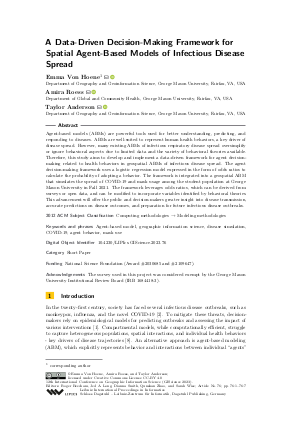LIPIcs.GIScience.2023.76.pdf
- Filesize: 1.36 MB
- 7 pages

 Creative Commons Attribution 4.0 International license
Creative Commons Attribution 4.0 International license

















Feedback for Dagstuhl Publishing